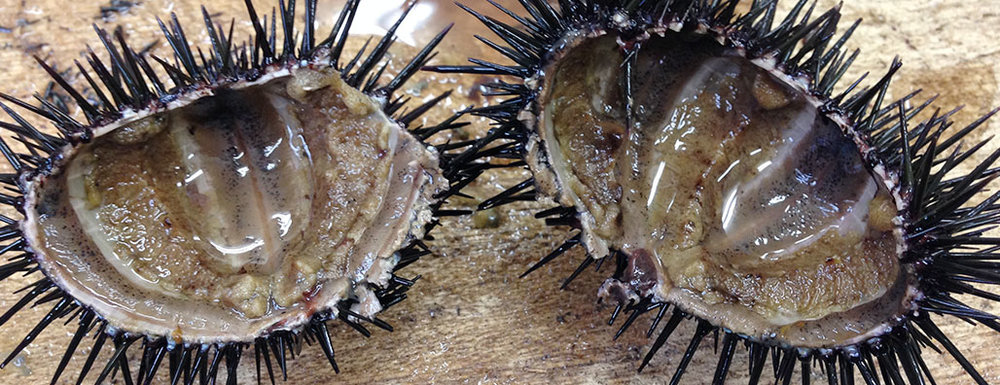In 2013 a swell of warm water known as The Blob made its way down the West Coast, carrying a virus. Created by a sudden rise in the planet’s temperature, the Blob was the perfect breeding ground for destruction.
“As a result of [The Blob], the sea stars were beginning to die off with the degenerative disease where its arms would wither away,” said Donna Martinez, owner of the Sea Ranch Abalone Bay rental homes in Sonoma County, is a past diver who has seen the effects of the urchins. Martinez frequently attended meetings that the California Fish and Wildlife department held regarding this issue, that’s when she learned about the Sea Star Wasting Syndrome, the aforementioned disease.
The main sea star to be affected by this virus was the sunflower sea star, which as Martinez describes, “are the more aggressive ones, the ones that would be a predator for the urchins.” With the sunflower sea star’s sudden die off, the urchins no longer had a natural predator.
However, the west coast was not the only region to be negatively impacted by the purple sea urchins. This is a global issue.
After Japan was struck by a tsunami in 2011, combined with Japan’s habit of overfishing, the crab and lobster populations almost completely died off. Just like the sunflower sea star, these crustaceans were the only natural predator to the purple sea urchins living along the coast of Japan.
A 2019 Oregon Department of Fish and Wildlife study on one Oregon reef shows that the purple sea urchin experienced a 10,000% population increase, which left the Oregon reef with nearly 350 million sea urchins.
Urchin’s diet consists of only kelp and with their steep population increase, the kelp forests are at risk. So far, according to Martinez, “The urchins have eaten 40-60% of all kelp forests in the ocean.”
Kelp forests are incredibly important to the planet, most of them being three times more efficient at filtering out carbon than standard forests. Brian Takeno, the CEO of Urchinomics, a company focusing on the removal of urchins, asked, “If the forest in Norway, Sweden and even Finland disappeared, would you care?” While one kelp forest is as important as all three of those forests combined, its underwater location causes it to be overlooked.
According to the California Department of Fish and Wildlife, It’s not just the global carbon emissions that’s affected by the destruction of the kelp forests, it’s the marine life that lives inside of it. The more carbon that’s in the air the more acidic the ocean gets. This act of ocean acidification is creating a terrible living environment for marine life, certain animals like the abalone cannot handle the new levels of saltiness and are starting to die off because of it.
Not only is marine life suffocating, but it’s starving. Without the kelp forests the animals have almost nothing to eat, and that includes the purple sea urchin. While other species die due to hunger, the sea urchin can go dormant until more food arrives.
Starving urchins don’t produce good roe, causing fisheries to stop harvesting them as they are more trouble than worth. So much so that even the urchin’s natural predators feel the same. But not Takeno.
Urchinomics is a company founded on the ideals of solving this urchin problem while benefiting everyone involved. “Empty urchins are re-homed into our ranching facilities, where they are fed nutritionally balanced, plant-based natural feed to grow their roe. After 6 to 10 weeks of feeding, the urchins become full of roe for discerning foodies to enjoy,” Takeno explained. This process not only removes the urchins from the ocean, but it gives people jobs and food.

However Takeno isn’t the only one trying to help. The Watermans Alliance along the coast of Sonoma and Mendocino counties is a recreational effort to remove the purple sea urchins. Divers are encouraged to collect 40 pounds of urchins in order to use them as bait for fishing.
The Watermans Alliance and Urchinomics are dedicated to solving this problem and are urging people to spread the word. Takeno said, “No one seems to notice this problem because it’s not visible on land, but that doesn’t mean it’s not a problem.” It is a problem, and it needs to be talked about.

